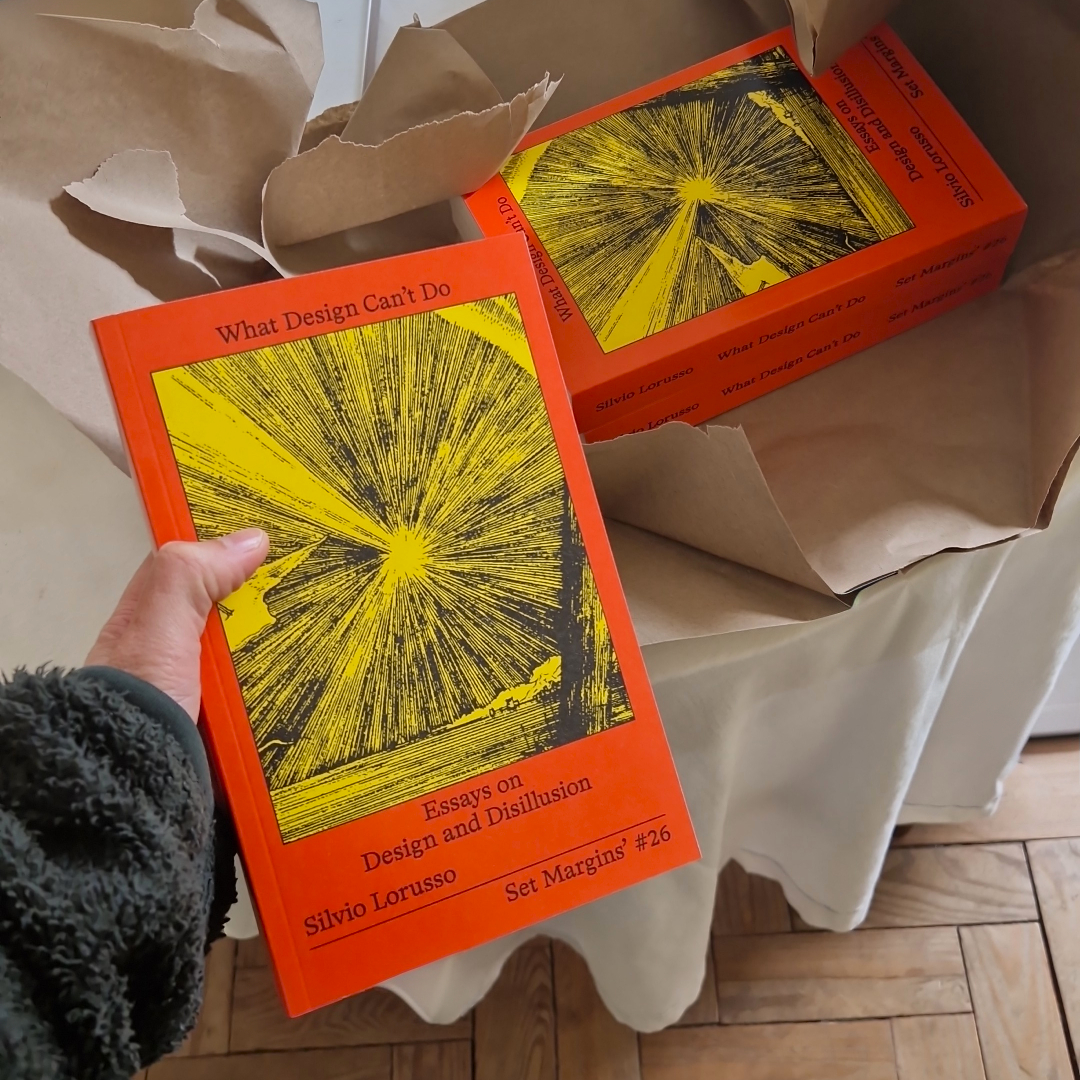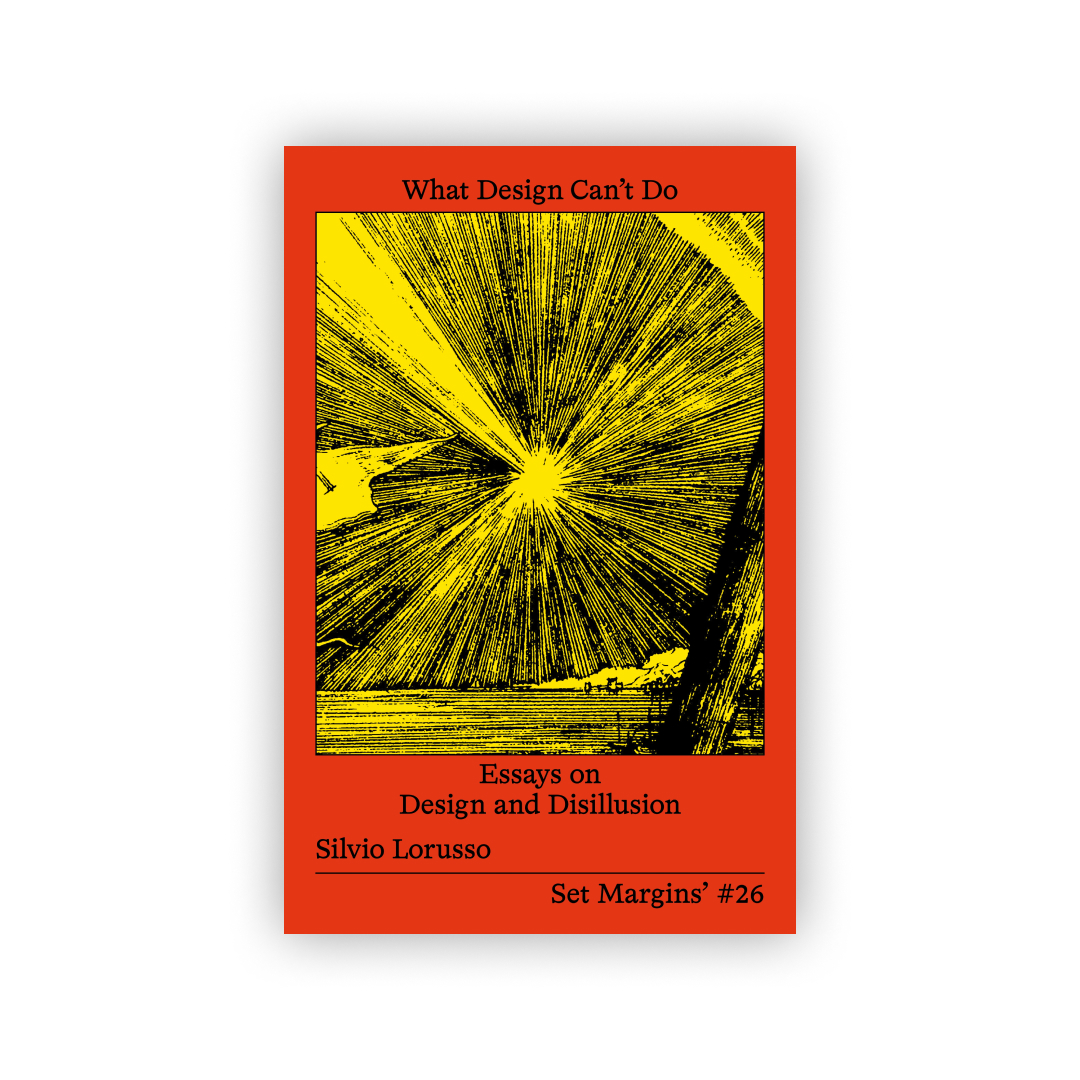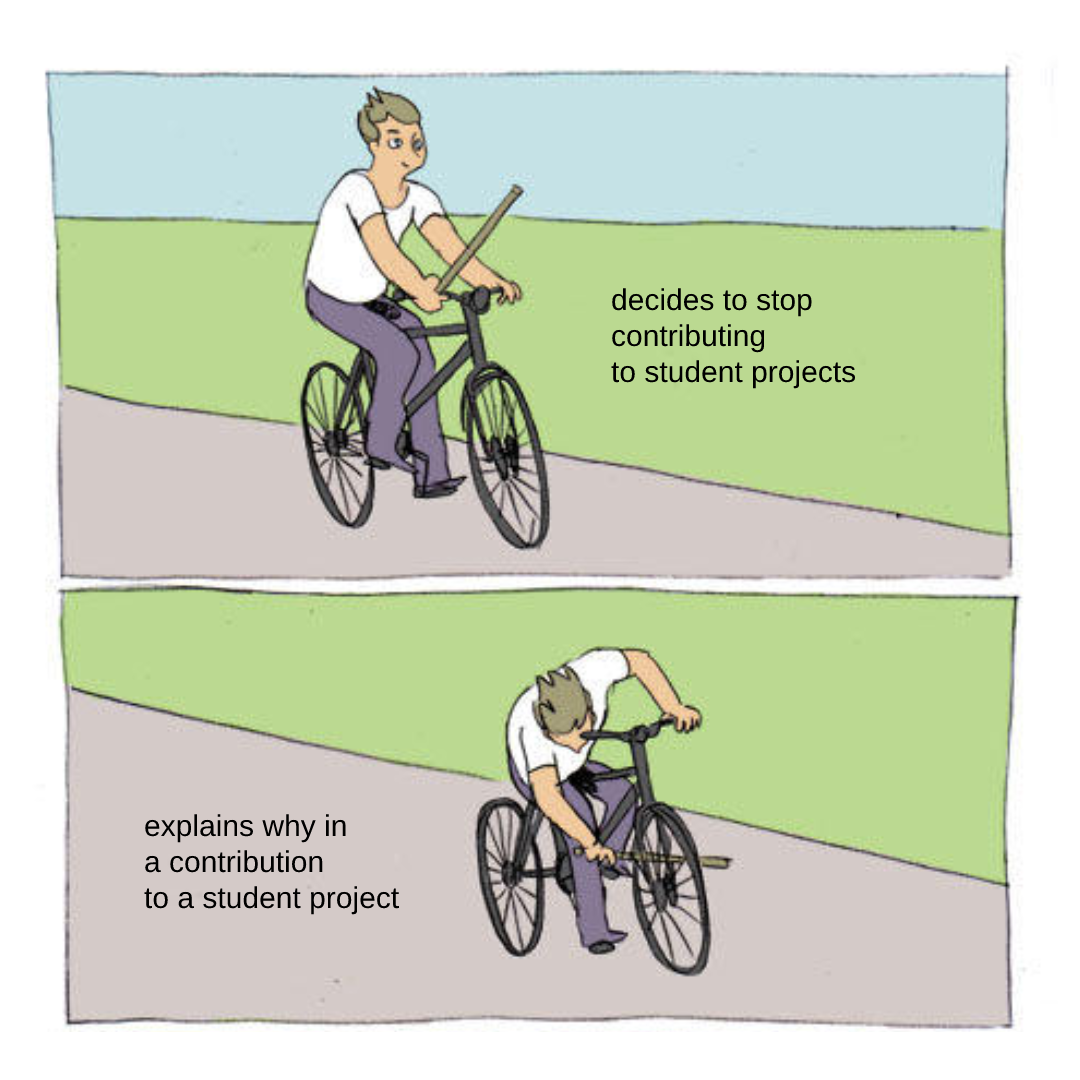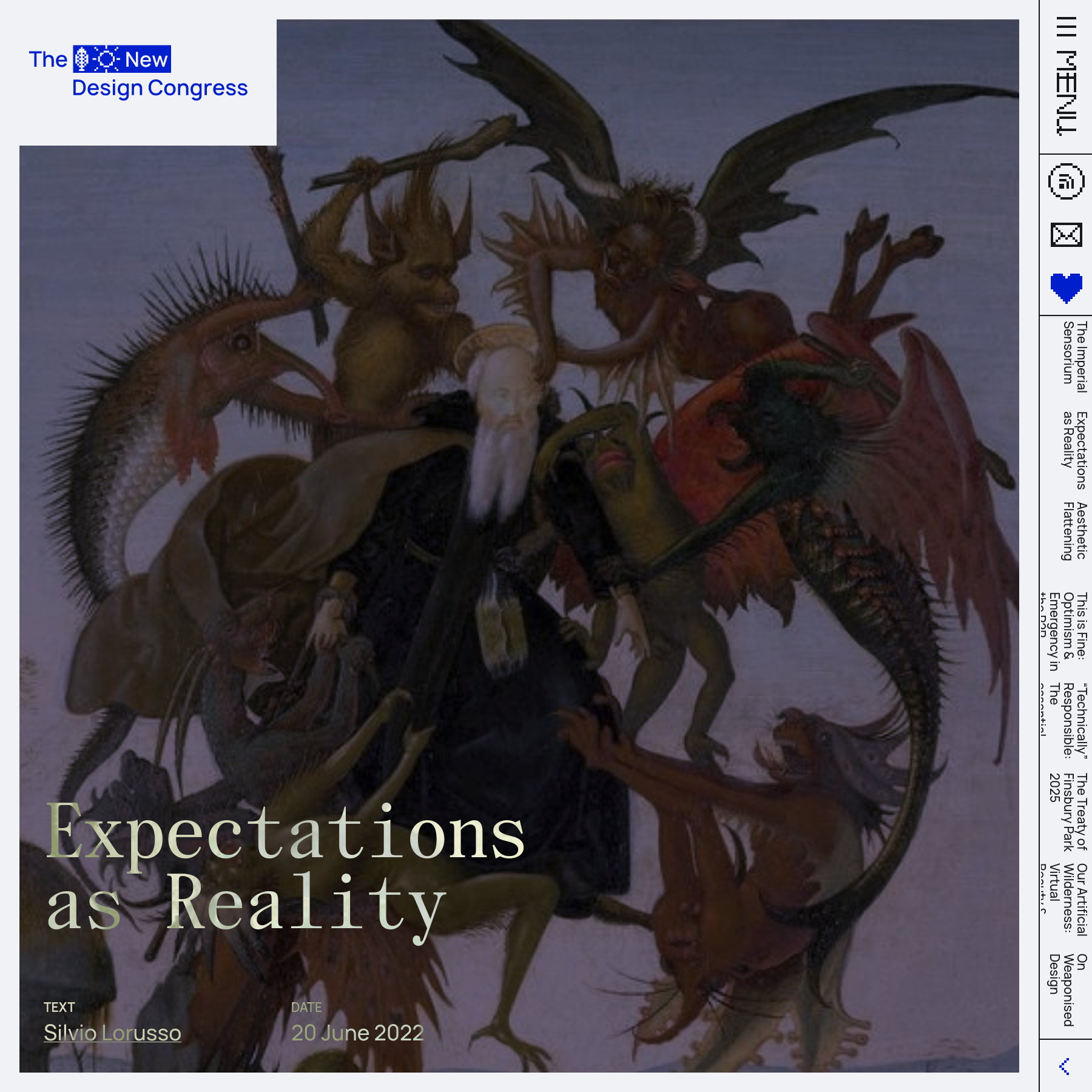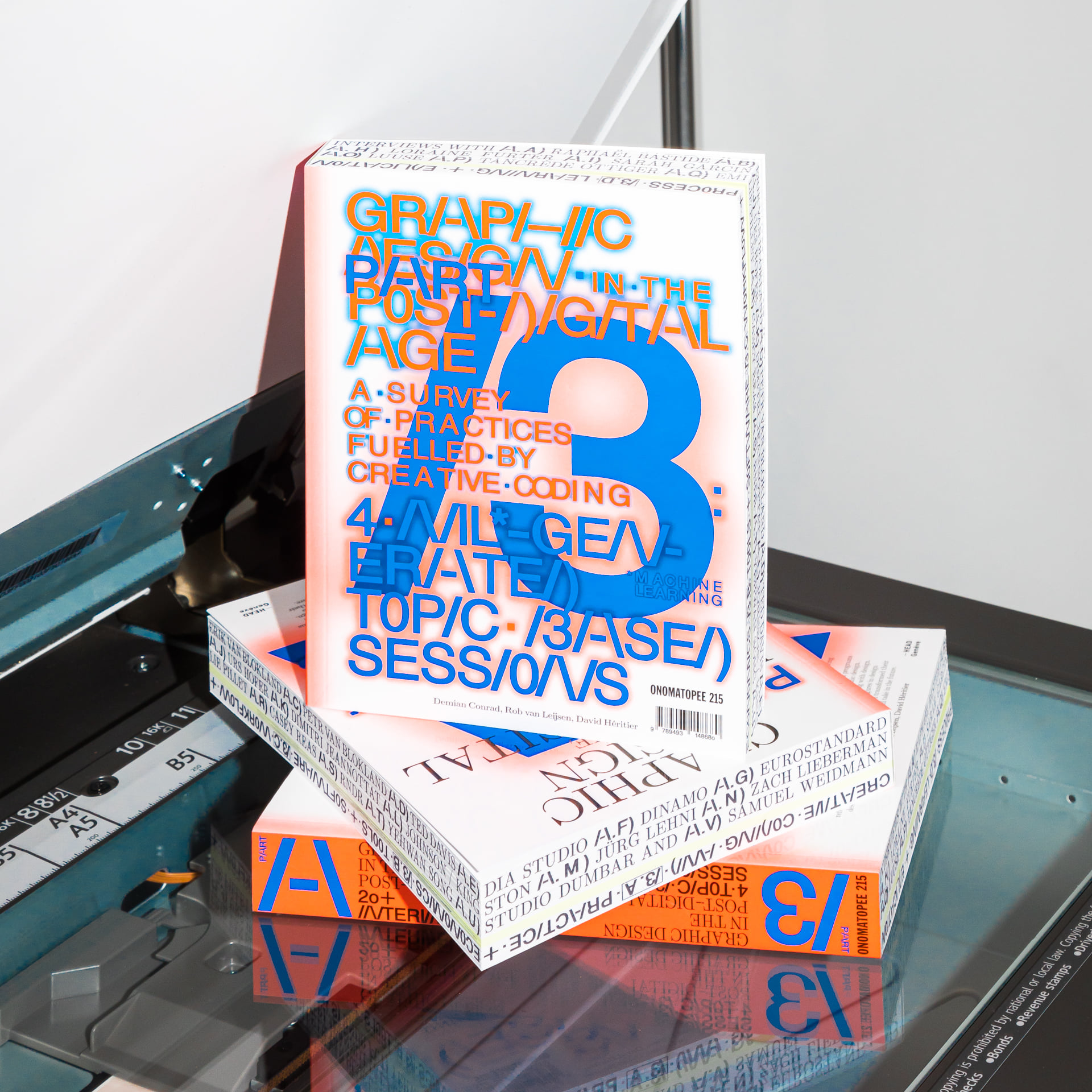[Transcript of my intervention during Domus Academy’s roundtable, entitled “Design for Complexity: Plural Perspectives on Systems Ambiguity” with Allison Rowe, Georgina Voss and Matt Webb. The roundtable took place on the 18th of April, 2024.]

Bucky’s Nightmare by Mathieu Lehanneur.
Hi, today I would like to speak against complexity, extending some of the arguments I developed in my latest book, entitled What Design Can’t Do.
Our world is complex, right? So, how can one speak against something that just is? Let’s start from a very tangible image of complexity (specifically, disorganized complexity) by Warren Weaver, a pioneer of communication theory: “a large billiard table with millions of balls rolling over its surface, colliding with one another and with the side rails.” This is the level of multiplicity we speak about when we speak about complexity (as real-life examples, Weaver mentions a large telephone exchange network and a life insurance company).
Now, I find the image of the billiard table beautiful and straightforward, but also pretty much unusable, unless you are a physicist or a mathematician. Very few people work at that level of intricacy, and surely not most designers. Hence, my skepticism toward the idea of complexity as it is currently used in design.
I only became interested in it when I started noticing that, not complexity, but the very talk of complexity was becoming, in the design field, a cultural practice in its own right. As Guy Julier puts it, “it has become an orthodoxy to talk of the growing complexity of design in our ‘complex world’”.
Furthermore, the idea that the complexity is growing in our society is actually untenable. In his viral (and bacterial) “Design Thinking is Kind of Like Syphilis” article, Lee Vinsel asks: “What does this claim even mean? Complex in what way? Increasingly complex with respect to what metric? I have asked many professional historians this question, and they believe this increasing complexity claim is unsupportable.”
Theodor Adorno would have agreed, as he once stated that “society, wrongly scolded for its complexity, has in fact become too transparent”.
How many times per day do you think about the Roman Empire? Today, it will be at least one. To show that the world has always been shaped by distant, “nonlinear” and obscurely related factors, I will mention a couple of interesting theories about the fall of the Roman Empire. According to one of them, the fall wasn’t due to short-sighted politics or war, but to the lead present in the cups that the members of the Roman elite used to drink, a substance that slowly poisoned them. Marshall McLuhan, on the other hand, suggested that the real cause of the fall was a shortage of papyrus, which prevented effective communication on such a vast territory.
If complexity (in a broad sense) is not a new phenomenon, and complexity (in a narrow sense) is practically useless, why is it so present in conversations and articles? This means that it has to play another function. To understand this function we need to think of how disciplines, and in particular the design discipline, work.
Disciplines are arbitrary compartments of knowledge: they strategically define their boundaries in order to demarcate some particular problems and solve them, or at least address them. Sociology, for example, was born in the early 19th century to address the problem (and, therefore, problems) of society. However, disciplines won’t meekly confine themselves within their artificial boundary; rather, their internal discourse will push the border, extending it. This tendency is especially evident in the design field, where you often hear that “everything is design”.
Besides the physiological swelling of the disciplines, we witness a phenomenon which is historically specific. Martin Oppenheimer (quoted by philosopher Donald Schön) called it a “proletarianization of the professions”. When everyone can call themselves a professional, the reputational and financial returns of being one shrink. Furthermore, there is a tangible distrust toward the figure of the expert. Just think of the field of economy or virology…
So, what do professionals do to regain prestige? They accelerate the expansion of the disciplinary confines, creating connections in an almost conspiratorial, apophenic mode. Carlo Bramanti, who is currently working on the notion of “conspiratorial design”, points out not only the visual but also the conceptual similarities between diagrams made by legitimized design figures like Victor Papanek and paranoid-style infographics about “Covid 5G” by an obscure graphic artist named Dylan Louis Monroe. What do they have a in common? They want to produce and project a sense of control on the messiness of the world (Richard Hofstadter: “the paranoid mentality is far more coherent than the real world, since it leaves no room for mistakes, failures, or ambiguities”). How do they do so? By means of hypertrophy: by adding always more relations to their system, which becomes a totalizing one: it becomes the system.
This is why complexity is ultimately a reassuring category. Reassuring to whom? To the professionals, who are there to explain and clarify it, to seal it with “the authoritative stain of scientific enquiry”, as Georgina Voss puts it. And there is a further paradox. Do you remember the Game of Thrones “It’s not that simple” meme? Well, to reassure themselves, experts will have an incentive to expand their system of reference, and therefore create more links and relationships. This leads to the ever-increasingly intricate diagrams, to what Voss calls “the airport-bookshop model of systems thinking which tends to involve a lot of graphs and urges to ‘shift your mindset’”. But by adding links and relationships one doesn’t necessarily reach galaxy brain level. More likely they will just generate more confusion, more noise, more chaos.
Chaos is a mysterious concept, but also one that doesn’t require any specific expertise – everyone knows what a chaotic room is. Chaos is the professional-disciplinary repressed that returns. We hardly find the word ‘chaos’ in design article and papers, because chaos is truly scary: it resists organization, it escapes any idea of controllable totality, it leaves us with undecipherable fragments. Whereas complexity reassures us, chaos forces us to confronts our own powerlessness.
Shall we then just surrender to it? Not necessarily. As we have seen, complexity as a cultural practice is about totality: the world is complex, society is complex, etc. However, philosopher Cornelius Castoriadis points out that the idea of a totality that can be encompassed by the intellect is nothing but a phantom of speculative philosophy. What’s more: we do not actually need it in order to act in the world. Praxis, our acting in the world, is not a plan (closed and exact) but a project (open but not aimless): “every movement is a movement toward”. And yet, there is something real and concrete about totality. Who, among us, has never felt like the whole world is working against them? This is why, the material upon which praxis acts “does not give itself as totality, [but] it is as totality that evades us.”
Praxis is an ongoing negotiation between a general programmatic vision and a partial set of interventions on an “open, self-making unity”. While keeping track of its general ‘mission’, praxis recognizes that it belongs to a given space and time. Seeing its own specific point of view as a feature instead of a bug brings it close to what feminist scholarship calls “situated epistemology”. Ultimately, praxis means that we exist within the billiard table, not outside of it. And as ivory balls we must roll, hoping not to end up in a pocket too soon.


